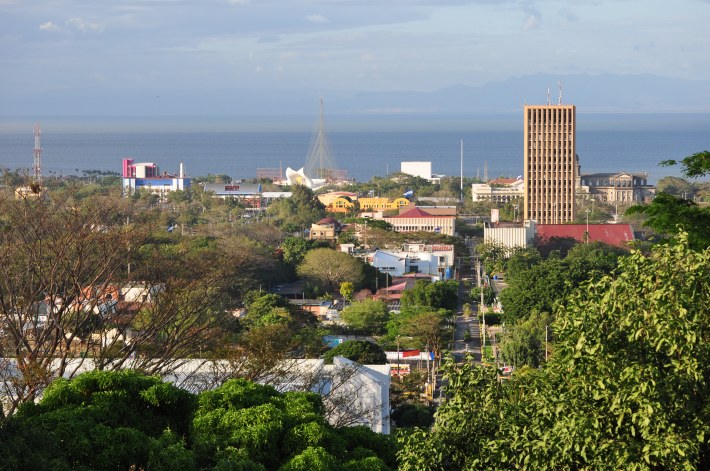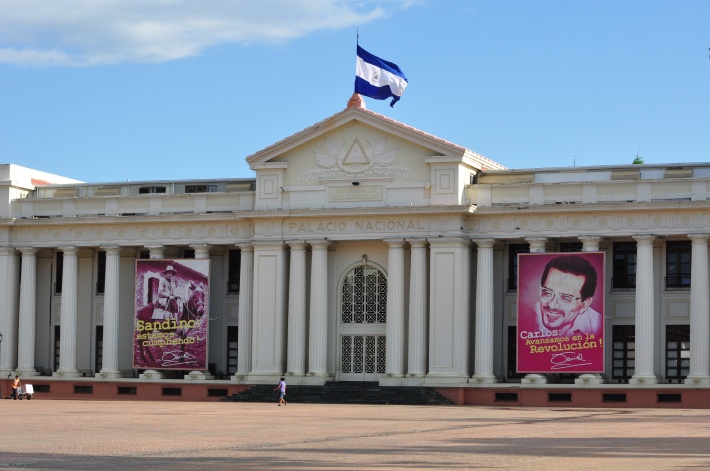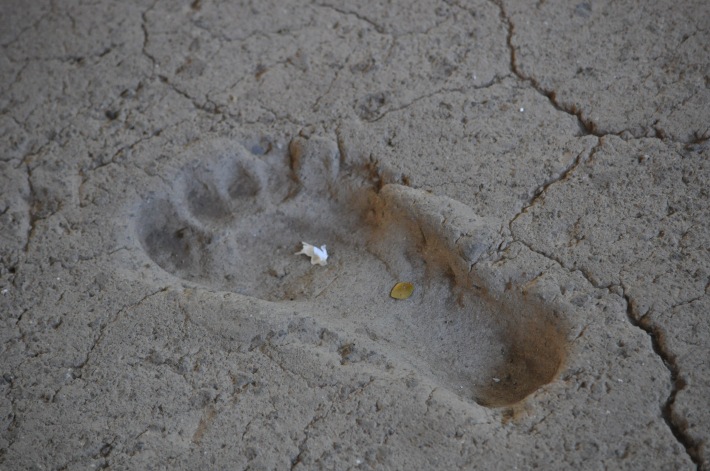MANAGUA — The entire Managua tour bus erupted with laughter when the guide suggested that Canada was a "balanced country." The young Nicaraguan was trying to describe how Nicaragua had skittered from the “dictatorship” of Anastasio Somoza to the “dictatorship” of the Sandinistas. Canada was supposed to be a model of what his country truly needed – balance.Yet he describes Daniel Ortega, recently re-elected in 2011 as Nicaragua’s President, as a champagne socialist who portrays himself as a “practical socialist.”
That practical side is raising eyebrows as the Sandinistas have a new slogan – Christianity, Socialism and Solidarity – a sign that the political party is finding new accommodation with the conservative Catholic Church. There is even a faith park near the National Palace with an obelisk commemorating the visit of Pope John Paul II.
Managua is an odd city. Scarred and scared by the 1972 earthquake that devastated the Nicaraguan capital, there are few high-rise buildings despite a population of 1.4 million people. The low-rise capital is spread out overlooking Lake Managua and a distant landscape of volcanos. The guide tells us that earthquakes are a regular part of life here, the ground under their feet rattling at least once a month.
It is also a young city.
While the setting is dramatic, the city is far from attractive, much of the historic architecture that most cities exploit for tourism purposes lost to either natural disaster or revolution. While Nicaragua is a beautiful country, Managua is not.
In a city of monuments, some are missing pieces as one upheaval seeks to eradicate symbols of the previous regime. One large eagle monument was reduced to two oversized wings after the torso was removed in one anti-American moment. Other statues have been decapitated. Everywhere there are images of their current heroes, including Sandino with his large floppy cowboy hat. He even overlooks the city — a large Sandino silhouette has been erected up on a mountain that divides the older city from the newer one.
Augusto Sandino is a hero throughout Latin America for standing up to the Americans during a rebellion between 1927-1933. Dependent on the U.S., it is a complicated relationship similar to the one Americans themselves faced when they conducted their own revolution in 1776.
The guide tells us that his father was a doctor who specialized in AIDS research. That work took him to Florida, where the family lived and was educated before taking a vote to return to their native Nicaragua. His flawless spoken English and American education made him a logical candidate for conducting tours.
As poverty-stricken hawkers stood amongst the vehicle traffic on the heavily travelled Trans-American highway, our guide spoke about his faith in social mobility – that the most persistent and hard-working would triumph – even if that meant leaving to live in another country for a time. Nicaraguans have an idea that to survive in their country they need to leave it to make enough money to eventually return.
The result is that families are torn apart, particularly as men have left to seek work in neighbouring countries as well as illegally in the United States. Sometimes they pick up a totally new family along the way. About half a million Nicaraguan migrants – both men and women — have crossed over the border into Costa Rica in search of employment, creating fresh chaos for their Central American neighbour. According to Dr. Harold Campos, a former public health doctor working for UNICEF, 15 per cent of Nicaragua’s economy comes from money departed migrants are sending back to their families.
Complaints about the current Nicaraguan government sound very familiar to Canadians. Like Canada, the government is lengthening the age of retirement and increasing pension contributions. Like Canada the minimum wage is not enough to take workers out of poverty. Like Canada, the government works secretively and civil society is beginning to challenge its constitutional legitimacy. Like Canada, the unemployment rate is too high.
Yet in the same breath Nicaraguans will also tell you about the achievements of the Sandinistas. They have dramatically reduced the infant mortality rate through public health programs. They have wiped out illiteracy. Malaria is almost gone from the country. Border conflicts are being resolved. Conditions are improving for children. The Sandinistas have introduced successful programs to develop small business. Last fall a landmark bill of rights was passed to protect women from violence.
While people are complaining about the direct cost of implementing green energy projects, Nicaragua is one of the most susceptible countries on the planet when it comes to climate change. The guide told us dry weather has ruined two sets of crops on his farm. A fungus is seriously challenging one of Nicaragua’s main exports – coffee. Forecasts of growth in the Nicaraguan economy are shrinking as a result, a bitter pill to swallow given high rates of inflation.
Yet for all the problems, everybody seems to take it in their stride. Dr. Harold Compos told us “when there’s no conflicts, there’s a problem.” Despite the apparent love/hate relationship with the Sandinistas, he prefers to say they are “necessary partners.”
One of our first stops on the tour was to look at fossils of 6,000 year-old footprints uncovered during a building project in the capital.
People have been here a very long time. While social mobility may be an illusion for most Nicaraguans not born to professional parents, there is always a sense of persistence.




No comments:
Post a Comment